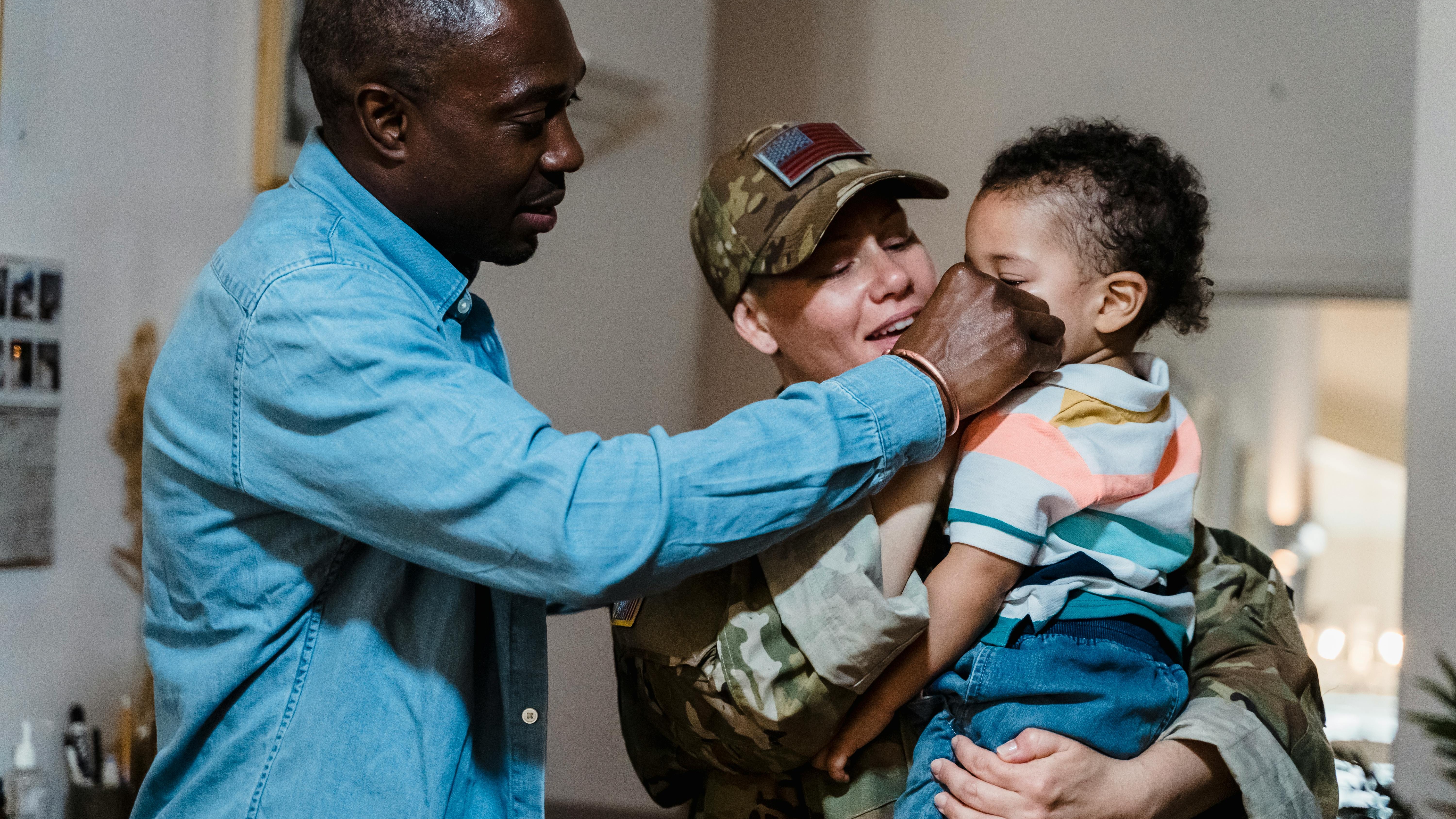
The Underestimated Power of Patience in Leadership
As we navigate an increasingly fast-paced world, the adage, "patience is power," resonates more profoundly than ever. This isn't simply a platitude; it's a guiding principle that has far-reaching implications in military, business, and everyday life. In environments characterized by urgency and pressure, be it on the battlefield or in corporate boardrooms, cultivating patience can prove to be strategically advantageous.
Impacts of Patience on Military Leadership
In military operations, the necessity of patience is embodied in the saying, "slow is smooth, and smooth is fast." This not only serves as a mantra for soldiers undergoing rigorous training but also underpins key doctrines within the Army's operational framework. Documents like Mission Command (ADP 6-0) and Army Leadership (ADP 6-22) highlight how tactical patience can empower leaders, ultimately enhancing effective mission execution.
When leaders exhibit patience and allow their teams the time to process situations and make informed decisions, they cultivate an atmosphere of trust and support. This environment leads to more effective communication and higher morale, ensuring missions are executed with precision and success. However, the challenge remains—how do leaders maintain this patience in a culture that often values speed over deliberation?
Recognizing Organizational Challenges to Patience
The rush in military formations to execute a multitude of tasks with limited resources often breeds a culture of impatience. Junior leaders especially feel the weight of expectation; they are frequently caught in a paradox where urgent demands conflict with the necessity of executing tasks with care. Clarity is the first casualty in this onslaught of responsibilities.
To counter this impatience, leaders must proactively cultivate patience among their ranks. This can involve frequent discussions in meetings that encourage reflective practices and the optimization of workflow. Sustainability in organizational priorities, transparent communication, and recognition of team efforts are tangible steps to integrate patience into everyday operations.
Patience: A Tool for Business Success
Beyond military contexts, the principle of patience holds significant value in the corporate realm. Patience fosters innovation, allowing teams the time to brainstorm, refine ideas, and innovate without the immediate pressure for results. In today's fast-paced business landscape, leaders are often bombarded with the need for drastic results quickly, leading to decisions devoid of proper evaluation.
Studies have shown that teams that prioritize thoroughness and give themselves time to develop ideas outperform those that rush to execution. Leaders who model patience cultivate a culture where employees feel valued for their input, resulting in a high-performing team of engaged individuals committed to organizational success.
Lessons Learned: Implementing the Principle of Patience
Implementing patience as a core leadership quality drives improvement across every tier of an organization. We should all recognize the importance of breaking from the urgency habit—which can lead to burnout and high turnover rates—by adopting a patient approach. The ability to plan, reflect, and act—at the right time and in the right way—affects not only tactical outcomes but also the overall well-being of individuals and teams.
For those interested in personal development, explore programs like AristaValor, which focus on mentoring veterans in transitioning to successful civilian careers. These initiatives highlight leadership principles learned from military service that can enhance business structures nationwide.
Conclusion: Embracing the Power of Patience
Whether in military service, corporate environments, or personal lives, the ability to practice patience enriches leadership effectiveness. The lessons learned through discipline and the patience in complex operations have the power to transform not only individual careers but entire organizations. It is imperative that as leaders, we acknowledge the importance of this principle and advocate for its consistent practice. Taking a step back to breathe can lead to profound forward momentum.
 Add Row
Add Row  Add
Add 




Write A Comment